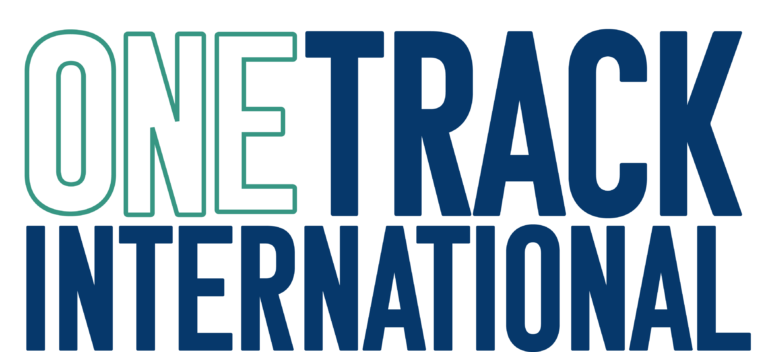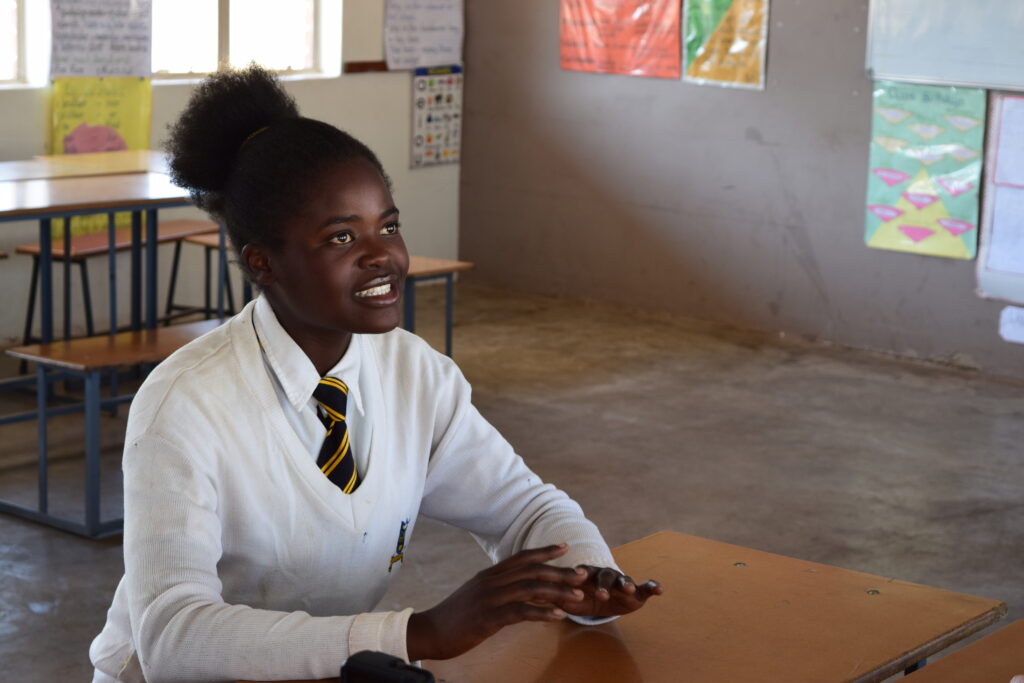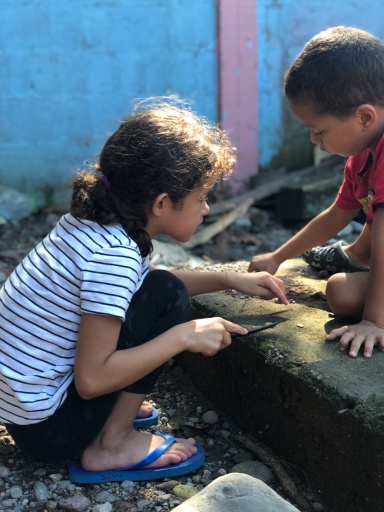Written by Hayley DeLuca
Who is an orphan?
An orphan is defined by UNICEF as any child under the age of 18 who has lost one or both parents to death. In 2015, there was an estimated 140 million orphans globally. Today, that number has reached an estimated 153 million.
From these statistics, there is a misunderstanding of the word orphan. 26 million of the estimated 153 million orphans have lost both parents. This means that the remaining 83% of orphans have at least one parent. In industrialized countries, such as the United States, a one parent home is not
considered to have an orphaned child. However, in a country such as Cameroon, with over 30% of the population below the poverty line, a one parent home often means that the child lacks resources, education, opportunity and support.
A majority of orphans exist in developing countries. In 2015, 61 million orphans existed in Asia, 52 million in Africa, 10 million in Latin America, and 7.3 million in Eastern Europe and Central Asia.
Asia and Africa hold the world’s largest population of orphaned children. Many times, these children are left victim to starvation, sexual abuse, disease, and death.
What it Looks like to be an Orphan
Asia: China is the largest country in Asia by population and has many orphaned children-the majority of whom are disabled. The China Philanthropy Research Institute works alongside UNICEF to produce the annual China Child Welfare Policy Report. In 2014, they wrote that the number of disabled orphans had grown by 30,000 to 50,000 every year. Nationwide, the Chinese government reported that there is roughly 600,000 orphans in China alone.
As China experiences rapid economic growth, it lacks a social safety net. Serious health problems and large-scale migration from rural communities to the expanding cities have led to parents abandoning their children.
In Cambodia, which has a notorious reputation for the ill-treatments of its countries orphans, children have been reported to have had to hunt mice to survive. Many times they are beat, raped and enslaved. What is donated to the orphanages is sold by the directors for money in their pockets. Despite good intentions, orphanages become places of horror for many children in Cambodia and other parts of Asia.
Africa: Half of Africa’s population is under the age of 18. Many of these children are growing up malnourished leading to stunted growth. While there have been notable strides in the fight against HIV and AIDS, it and other diseases still orphans many children, leaving many minors in charge of their household’s at a young age.
In Africa, orphanages have disappeared due to war, disease and natural disaster. Not only this, but there is a movement across the continent to close down these institutions. In Ghana, 100 orphanages closed between 2010 and 2015. Ethiopia has shut down dozens in the past decade, and the government is looking to continue this movement. Most African orphans have at least one surviving parent, yet many times, this parent cannot financially support their child- these cases are known as economic orphans. Orphanage closures have shifted the burden to family members that may have no other choice but to leave their children on the street, homeless and alone without the services of Transition to Home NGOs like ONETrack International.
What is Being Done?
Despite the large population of orphans globally, there are many efforts being put in place to better these children’s lives.
Children International is an organization that seeks to transform the lives of children in poverty. It gives you the opportunity to sponsor a child, giving them access to medical care, educational support, life skills, and even job-training. 400 million children live in extreme poverty. Children International seeks to lower this statistic. Save the Children is another organization that provides a voice for those children without one. They seek to implement programs that focus on health, protection, education, and disaster relief for orphans. In 2017, they reached 155 million children around the world.
ONETrack’s Mission with Orphans
At ONETrack, the focus is on a Transition to Home approach. This means that a child is given the opportunity to be raised by surviving relatives, or other suitable providers that are within their community of birth. The mission of ONETrack is to give these providers or relatives the necessities needed to raise what would be an orphaned child.
International adoption provides homes for many children living in unsuitable situations; however, it should not always be the first course of action. There are international laws and standards that protect children. ONETrack helps foster these children in their place of birth by giving them access to education and healthcare. It places importance on keeping children, when possible, in their home country and environment. When that is not an option, international adoption is a welcome next step.
REFERENCES
https://www.hopeeffect.com/153-million-orphans/
https://www.unicef.org/media/orphans
https://www.cnn.com/2015/08/11/asia/china-orphanage-children/index.html
https://www.children.org/global-poverty/global-poverty-facts/africa
https://www.savethechildren.org/us/what-we-do/global-programs/health




